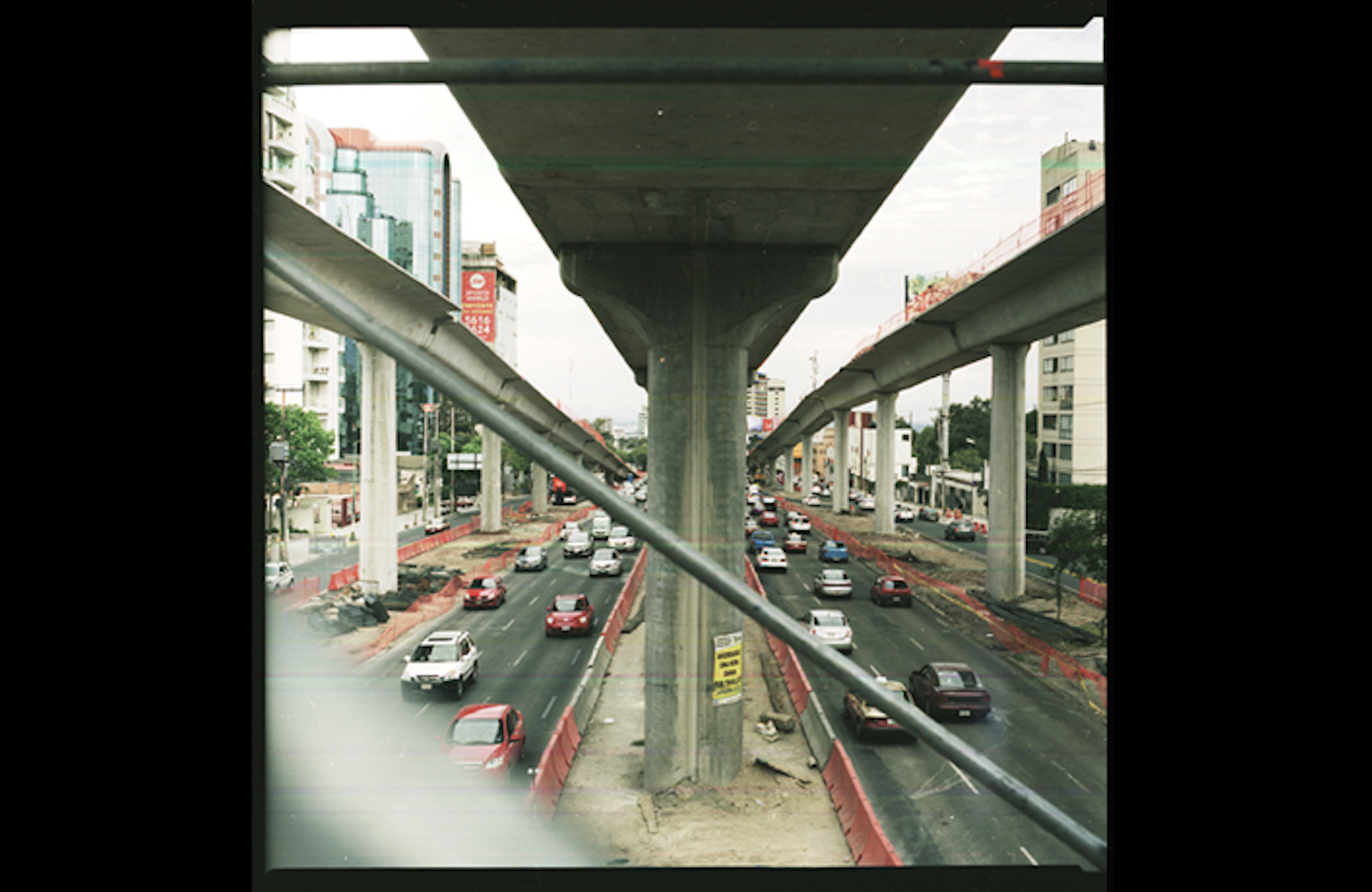Site specific exhibition and research project about the Supervia Poniente highway in Mexico City and the neighbourhood resistance to prevent it destroying local neighbourhoods and a nature reserve.

With Julio Salazar and artists:
David Cruz
Erick Diego
Daniel Monroy
Ale de la Puente
Diana Quintero
Francisco Ugarte
From the roof of a semi-demolished house in La Malinche on the western side of Mexico City, one can see a dense and lively neighborhood to one side and on the other a vast stretch of rubble, remnants from some hundreds of houses that have been demolished for the highway construction. In the distance, two gaping holes in the green hill of La Loma that will become the Supervia tunnels. Marking the border between the still-inhabited neighborhood and the construction site is a three-meter-high double steel fence with barbed wire. Next to the fence, nestled between the remains of some housing blocks, a protest camp has been organizing against the highway construction for more than two years now. Lack of clear information about the route and schedule of the construction, as well as unequal and non-transparent compensation for houses that have been demolished have characterized the process with stories of night-time raids to fence off areas for demolition. Some people have been paid to demolish their own houses while their neighbors have blocked access to heavy machinery and received threats if they didn’t comply.
The Flesh & Concrete exhibition sits between two rivers: a river of traffic and a river of water. Erick Diego has recorded these two sounds for his installation, the gushing of water referring to the vast lakes that used to make up this landscape before they were filled to make space for the city, and the sounds of engines on the contemporary rivers of roads, many of which have been paved on top of the ancient waterways. Francisco Ugarte has taken up an entire floor of the abandoned high-rise that is the site of the exhibition, immersing the viewer’s body in his installation of smoke and lights obscuring clear vision. The work by David Cruz brings the material consequences of the urban condition — the thirst for water, the heat, pollution, and dust — to bear on the single body of the subject in his film installation. Diana Quintero instead reminds the audience of the bodies of those whose homes have been demolished in the nearby La Malinche, presenting a moving installation of birds and imagery. Ale de la Puente’s work contains accumulated materials from construction sites that signify the sale of land and the incomplete, contradictory, and false information that has characterised the construction of the Supervia.
Since its initial conception in the 1990s, many people have been working hard to stop the construction of the Supervia, each contributing from their specific area of knowledge: local residents, urbanists, biologists, journalists, activists, engineers, traffic experts, economists, bloggers and artists.


